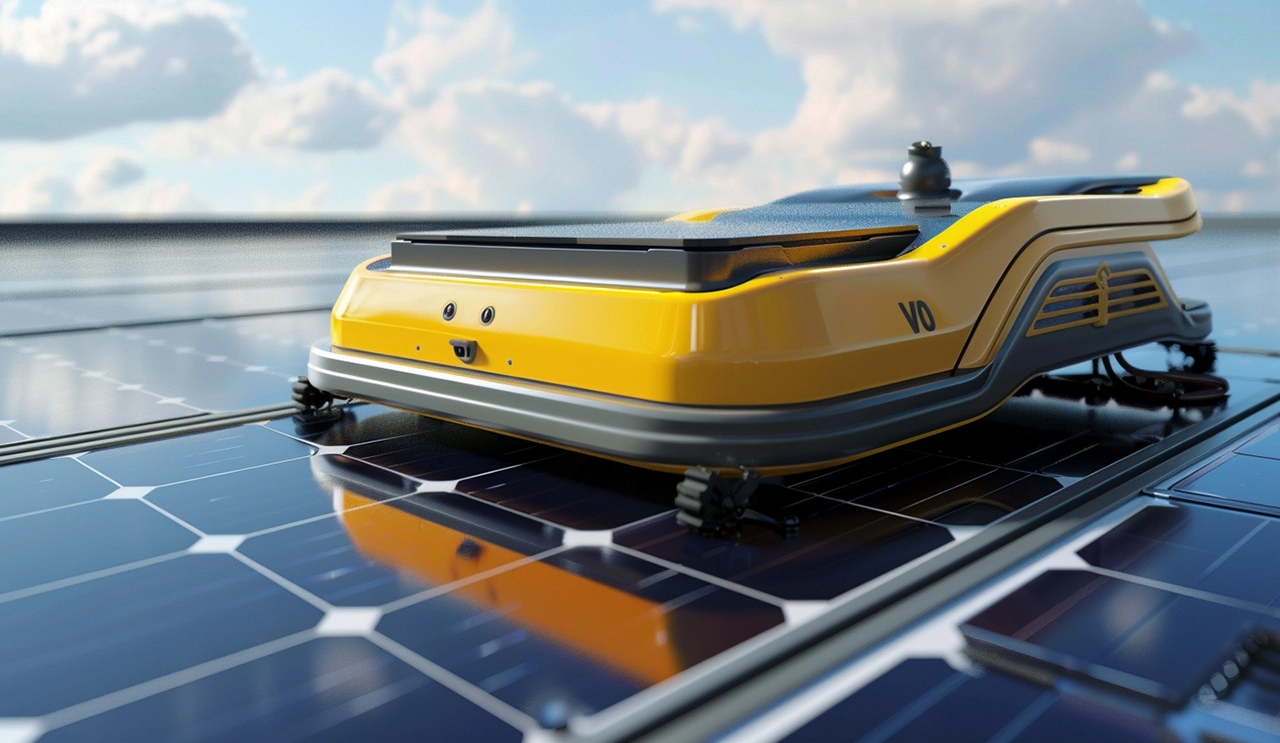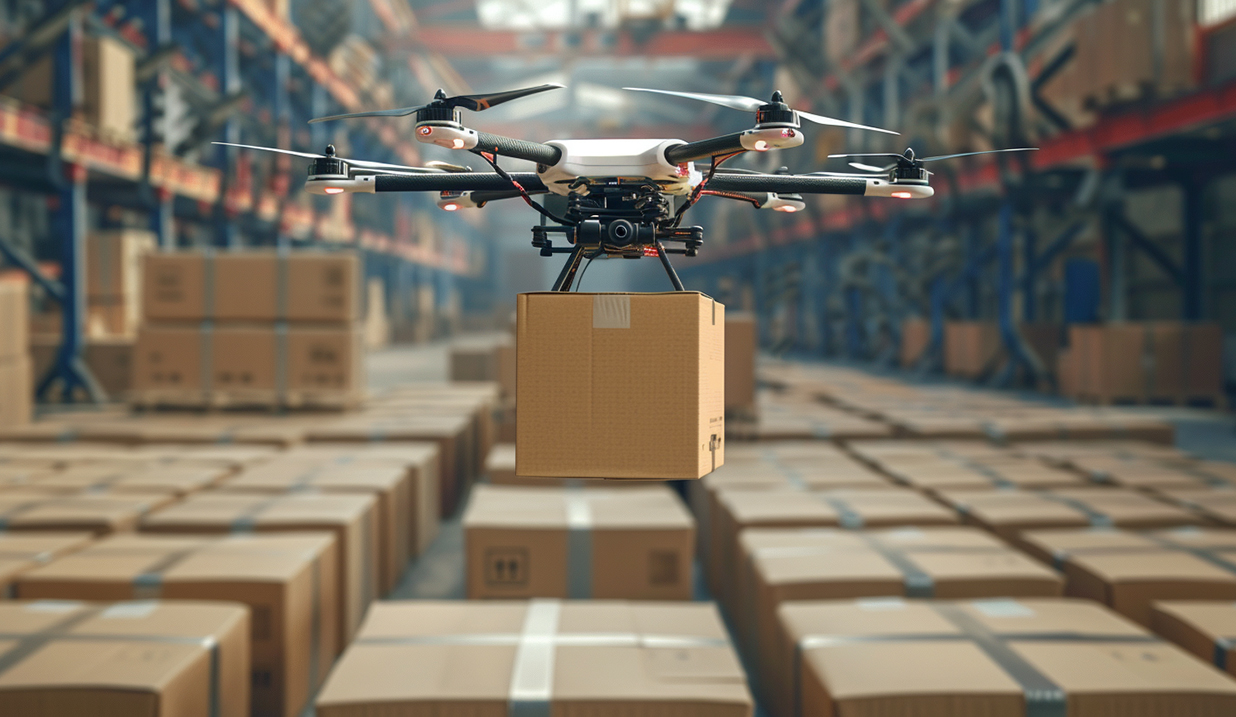
WIRELESS CHARGING IN THE NEWS
In the towering construction site, the visualization system of tower crane hook, as a new technology, is known as an important guardian to ensure the safety of high-altitude work. This system is not a simple collection of single components, but an organic integration of multiple advanced technologies, each of which plays a unique role in supporting this intelligent solution. So, what are the key components of the tower crane hook visualization system? Let's find out.
The core of the crane hook visualization system is the HD camera mounted on the hook, which has the characteristics of wide Angle and high resolution, and can capture the dynamic picture of the hook and its surrounding environment in real time. They are not only eyes, but also "altitude monitors", transmitting the real hoisting scene to the operator's room. Through these cameras, the driver can view the status of the hook, the position of the lifting object and the surrounding construction environment in real time, thus avoiding the risk of blind lifting operation. With the advancement of technology, the new generation of cameras also have night vision, which can provide a clear picture even in low-light situations.
Working with the camera, is the wireless transmission module of the system. It is responsible for transmitting the image information captured by the camera through wireless signals to the display screen in the tower crane operation room. In order to ensure the stability and real-time image transmission, these modules usually use advanced wireless transmission technology, such as 5G or other high-bandwidth communication protocols. In this way, even if the signal is disturbed when working at altitude, the system can maintain smooth picture transmission, ensuring that the driver can always control the overall situation.
The display terminal in the operating room is the "nerve center" of the system. It is not only responsible for displaying real-time footage from the camera, but also can link with other intelligent modules, such as image recognition and analysis module. These smart modules can analyze video images in real time, automatically identify the stability of the lifting object, determine whether there is a collision risk and other potential problems. Once an anomaly is detected, the system will immediately issue an alarm to alert the driver, thereby preventing possible dangers in advance.
At the same time, the visualization system of the tower crane hook also includes data recording and management module. This module can record the video and related data of the whole hoisting process, providing a basis for future backtracking analysis. This is of great significance for site safety management and accident investigation. Through this data, managers can better understand the details of lifting operations, identify potential risk points, and improve operational processes.
In order to improve the overall performance of the system, some tower crane hook visualization systems also introduce virtual reality (VR) technology and Internet of Things (IoT) technology. VR technology can provide drivers with a more intuitive three-dimensional operating perspective, so that they have a better perception of the lifting process. The Internet of Things technology can realize data sharing and linkage operation between multiple tower cranes to further optimize the overall efficiency of the construction site.
The various components of the crane hook visualization system work together to form a complete and efficient solution. This is not only the accumulation of hardware, but also the deep integration of hardware and software and the comprehensive application of intelligent technology. They work together on the construction site to ensure that every hoisting operation is carried out in a safe and controlled environment.







